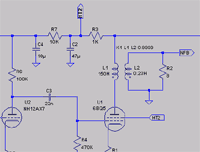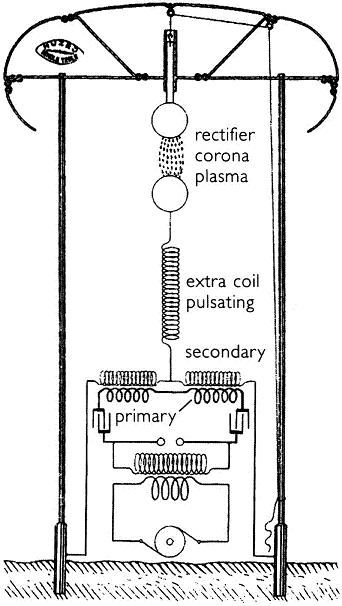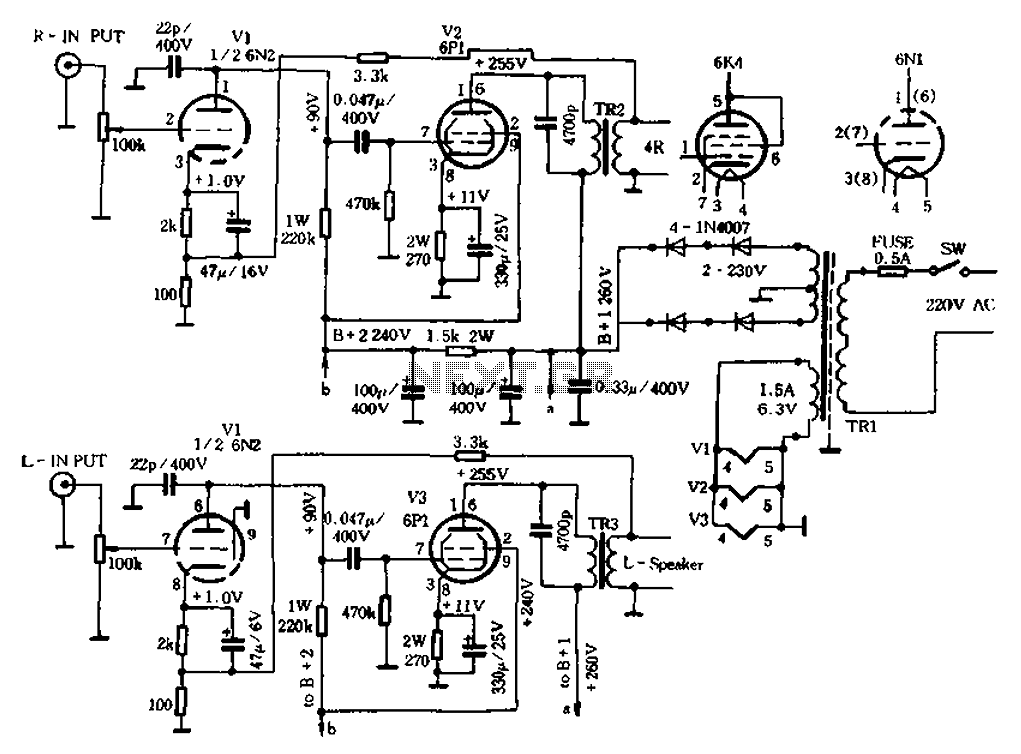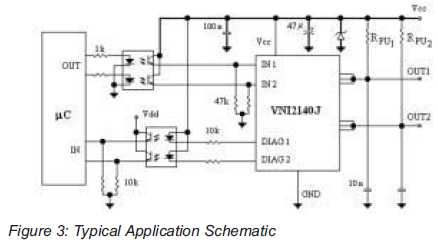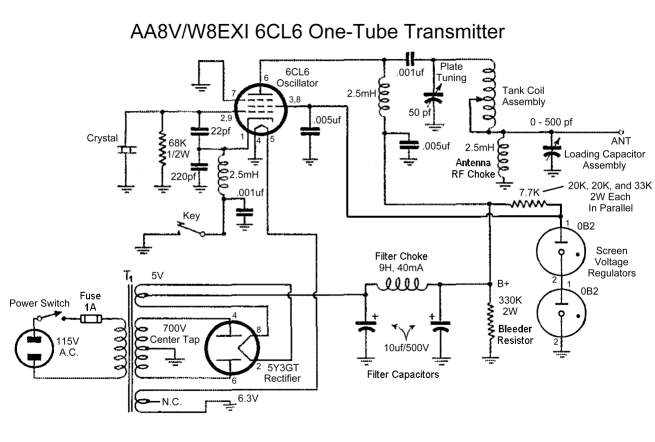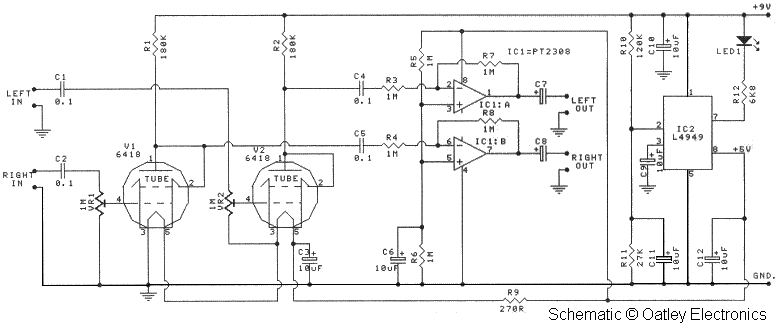
The Technology of the Tube Screamer

The Tube Screamer series of distortion and overdrive pedals from Ibanez has gained a legendary status in the music community, particularly due to the endorsement of Stevie Ray Vaughan. The TS-808 and TS-9 models are highly coveted and often traded for exorbitant prices. Other models in the TS family, including the TS-10, TS-5, and the TS-9 reissue, have received mixed reviews. Despite their differences, all TS models share a similar technical design. The series performs optimally when connected to a tube amplifier, specifically when a triode grid is grounded through a resistance of approximately 1M. Each model generates its own distortion, although this is less compelling than the distortion produced when driving a tube amp's input. The similarities among the TS series are significant enough that a single schematic can represent them all, with annotations highlighting their distinctions. This simplified schematic divides the circuit into manageable blocks, with utility stages providing common functions across multiple stages. The TS10 is the most distinct model, featuring a higher common bias voltage. All models utilize a 9V battery and an external 9V input, along with a 4.5V generation stage that serves as a bias voltage for the circuit. This 4.5V section consists of two equal resistors connected from +9V to ground, with their junction decoupled to ground via a large electrolytic capacitor to maintain an AC ground level. The input jack is designed to switch the battery's negative terminal to ground using a stereo jack. While the specific values of the bias generation resistors may vary slightly between models, this does not impact the overall sound as long as the bias voltage remains around 4.5V. In the schematic, the input stage is an emitter follower configuration, utilizing the 2SC1815 transistor in the TS-808 and TS-9, known for its high gain and low noise characteristics. Although different transistor types may appear in other models, they do not significantly alter the sound. The emitter follower provides unity gain and a high input impedance, with the base connected to the 4.5V bias source through a 510k resistor, which effectively constitutes the input impedance. The input impedance of the emitter follower is determined by the biasing resistor in parallel with the input impedance of the emitter follower, influenced by the current gain of the stage and any emitter resistor present. In this case, with a 10k emitter resistor and a typical gain of 300 for the 2SC1815, the input impedance at the transistor base is approximately 3M. Consequently, the 510k biasing resistor dominates the signal loading at the input. This configuration ensures that the input stage is always connected to the input signal, avoiding any switching. Unlike the common wah pedals, which are often criticized for "tone sucking," the TS-9 and TS-808 maintain a sufficiently high impedance to prevent excessive loading of guitar pickups. It is worth noting that the input buffer from the TS series can be employed to mitigate the tone loss associated with wah pedals. There has been interest in converting the TS models to a true bypass switching arrangement, which will be discussed later. The output from the emitter follower feeds into two stages: one involving a JFET through a 0.1uF capacitor, which is part of the bypass switching, and the other leading to the clipping stage through a 1uF non-polarized electrolytic capacitor, which is sized appropriately to avoid interference with guitar frequencies. The TS10 features an additional emitter follower stage between the input buffer and the switching JFET. The clipping stage is designed as a standard configuration.
The Tube Screamer series is notable for its distinctive overdrive characteristics, which are influenced by the circuit design and component selection. The use of the 2SC1815 transistor in the input stage provides low noise and high gain, essential for preserving the integrity of the guitar signal. The emitter follower configuration ensures that the input impedance remains high, which is critical for maintaining the tonal quality of the guitar pickups. The biasing network, while varying slightly across models, is carefully designed to stabilize the operating point of the transistors, allowing for consistent performance.
In terms of the clipping stage, various diodes can be employed to achieve different distortion characteristics, and modifications can be made to tailor the response to individual preferences. The bypass switching mechanism allows players to engage or disengage the effect seamlessly, preserving their original tone when the effect is not in use. The overall design philosophy of the Tube Screamer series emphasizes simplicity and effectiveness, making it a popular choice among guitarists seeking a reliable overdrive pedal that enhances their sound without compromising quality.The Tube Screamer series of distortion/overdrive boxes from Ibanez has a reputation that has led them to pass into musical urban myth. Helped along with Stevie Ray`s use of them, the TS 808 and TS 9 have been sought after and traded up to astronomical prices.
The other members of the TS family, the TS-10, the TS-5 and the TS-9 reissue have had a m ore troubled reception. All the members of the TS family share a common technical design, with the similarities vastly overwhelming the differences. Later, I`ll go over some of the things that DO make differences in these pedals, and some mods to effectively convert one to the other.
The TS series seems to be at its best when driving the input to a tube amplifier - that is, a triode grid connected to ground through a resistance of about 1M. All the TS series are capable of making their own distortion, but by itself, this distortion is much less interesting that what you get into a tube amp input.
All of the TS series are so similar that a single schematic with asterisks and notes can cover them all. This simplified schematic breaks the circuit down into some simpler blocks. There are some housekeeping/utility stages which provide some common functions to several stages. The TS10 is the most different one, and the common bias voltage is higher. Then there are the ones that actually do the work: The 9V battery and external 9V input are common to all stages, as is the 4.
5V generation stage, used as a bias voltage by all stages. The 4. 5V section uses two equal resistors from +9V to ground. The junction of the two resistors sits at « the battery voltage and is decoupled to ground with a large value electrolytic capacitor to hold this point at an AC ground. The input jack switches the battery (-) terminal to ground in the normal power switching arrangement with a stereo jack.
The exact value of the bias generation resistors varies somewhat from model to model, but this has no effect on the sound of the unit as long as the bias voltage is about 4. 5V. Referring to the schematic, the input stage is a plain vanilla emitter follower. The input transistor in the 808 and 9 is the 2SC1815, a cheap high gain, low noise transistor. I have seen a couple of other types in the other models, but the exact type of transistor has no significant effect on the sound.
It is used to provide a gain of 1 (that is, no voltage gain) and a high input impedance. The base is tied to the common 4. 5 V bias source through a 510k resistor, this forming essentially all of the input impedance. The input impedance of an emitter follower stage is the equivalent input biasing resistor in parallel with the input impedance of the emitter follower; this is the current gain of the stage times any emitter resistor. In this case the emitter resistor is 10K, and the typical gain of the 2SC1815 is 300, for an input impedance of 3M at the transistor base.
Therefore, the 510K biasing resistor accounts for almost all of the signal loading at the input. This input stage is always connected to the input signal, not switched at all. Since complaints of "tone sucking" do not follow the TS9 and 808 around, apparently this is a high enough impedance to avoid loading guitar pickups too much like the common wah pedals do. Parenthetically, it`s possible to avoid the "tone sucking" of the wah pedals by copying the TS series input buffer in front of them.
Some people have expressed interest in converting the TS to a true bypass switching arrangement; I`ll explain how to do that later. The emitter follower output feeds two stages: a JFET through a 0. 1uF capacitor, part of the "bypass" switching and the clipping stage, through a 1uF non-polarized electrolytic, a large enough value to not interfere with any guitar frequencies.
In the TS10 only, there is an additional stage of emitter follower between the input buffer and the switching JFET. The clipping stage is a fairly ordinary va 🔗 External reference
The Tube Screamer series is notable for its distinctive overdrive characteristics, which are influenced by the circuit design and component selection. The use of the 2SC1815 transistor in the input stage provides low noise and high gain, essential for preserving the integrity of the guitar signal. The emitter follower configuration ensures that the input impedance remains high, which is critical for maintaining the tonal quality of the guitar pickups. The biasing network, while varying slightly across models, is carefully designed to stabilize the operating point of the transistors, allowing for consistent performance.
In terms of the clipping stage, various diodes can be employed to achieve different distortion characteristics, and modifications can be made to tailor the response to individual preferences. The bypass switching mechanism allows players to engage or disengage the effect seamlessly, preserving their original tone when the effect is not in use. The overall design philosophy of the Tube Screamer series emphasizes simplicity and effectiveness, making it a popular choice among guitarists seeking a reliable overdrive pedal that enhances their sound without compromising quality.The Tube Screamer series of distortion/overdrive boxes from Ibanez has a reputation that has led them to pass into musical urban myth. Helped along with Stevie Ray`s use of them, the TS 808 and TS 9 have been sought after and traded up to astronomical prices.
The other members of the TS family, the TS-10, the TS-5 and the TS-9 reissue have had a m ore troubled reception. All the members of the TS family share a common technical design, with the similarities vastly overwhelming the differences. Later, I`ll go over some of the things that DO make differences in these pedals, and some mods to effectively convert one to the other.
The TS series seems to be at its best when driving the input to a tube amplifier - that is, a triode grid connected to ground through a resistance of about 1M. All the TS series are capable of making their own distortion, but by itself, this distortion is much less interesting that what you get into a tube amp input.
All of the TS series are so similar that a single schematic with asterisks and notes can cover them all. This simplified schematic breaks the circuit down into some simpler blocks. There are some housekeeping/utility stages which provide some common functions to several stages. The TS10 is the most different one, and the common bias voltage is higher. Then there are the ones that actually do the work: The 9V battery and external 9V input are common to all stages, as is the 4.
5V generation stage, used as a bias voltage by all stages. The 4. 5V section uses two equal resistors from +9V to ground. The junction of the two resistors sits at « the battery voltage and is decoupled to ground with a large value electrolytic capacitor to hold this point at an AC ground. The input jack switches the battery (-) terminal to ground in the normal power switching arrangement with a stereo jack.
The exact value of the bias generation resistors varies somewhat from model to model, but this has no effect on the sound of the unit as long as the bias voltage is about 4. 5V. Referring to the schematic, the input stage is a plain vanilla emitter follower. The input transistor in the 808 and 9 is the 2SC1815, a cheap high gain, low noise transistor. I have seen a couple of other types in the other models, but the exact type of transistor has no significant effect on the sound.
It is used to provide a gain of 1 (that is, no voltage gain) and a high input impedance. The base is tied to the common 4. 5 V bias source through a 510k resistor, this forming essentially all of the input impedance. The input impedance of an emitter follower stage is the equivalent input biasing resistor in parallel with the input impedance of the emitter follower; this is the current gain of the stage times any emitter resistor. In this case the emitter resistor is 10K, and the typical gain of the 2SC1815 is 300, for an input impedance of 3M at the transistor base.
Therefore, the 510K biasing resistor accounts for almost all of the signal loading at the input. This input stage is always connected to the input signal, not switched at all. Since complaints of "tone sucking" do not follow the TS9 and 808 around, apparently this is a high enough impedance to avoid loading guitar pickups too much like the common wah pedals do. Parenthetically, it`s possible to avoid the "tone sucking" of the wah pedals by copying the TS series input buffer in front of them.
Some people have expressed interest in converting the TS to a true bypass switching arrangement; I`ll explain how to do that later. The emitter follower output feeds two stages: a JFET through a 0. 1uF capacitor, part of the "bypass" switching and the clipping stage, through a 1uF non-polarized electrolytic, a large enough value to not interfere with any guitar frequencies.
In the TS10 only, there is an additional stage of emitter follower between the input buffer and the switching JFET. The clipping stage is a fairly ordinary va 🔗 External reference
